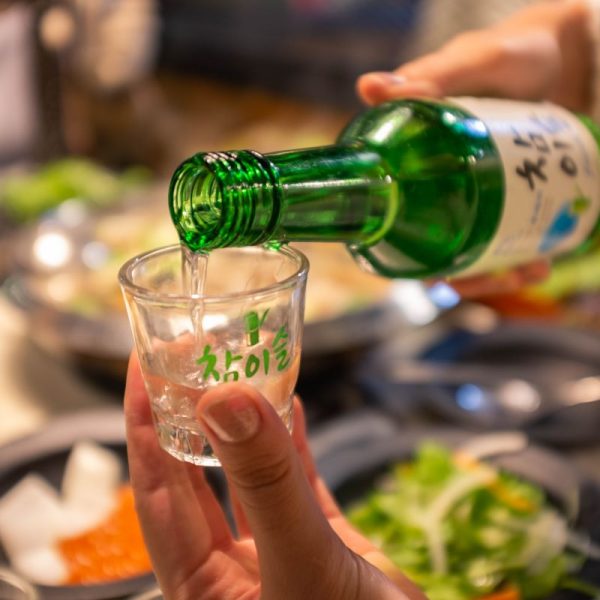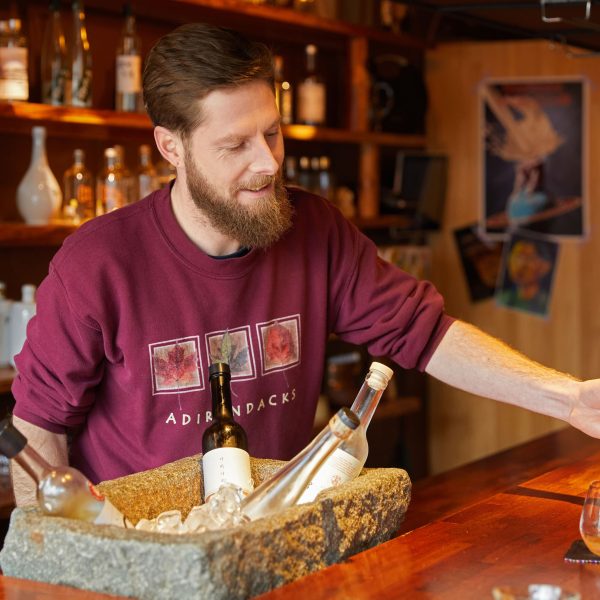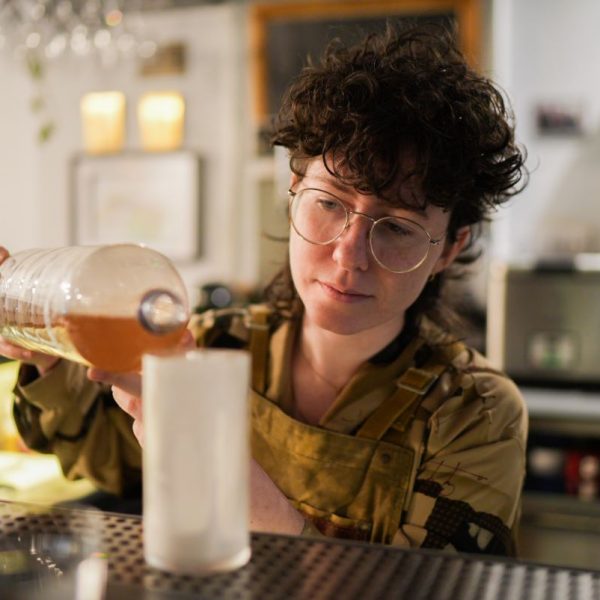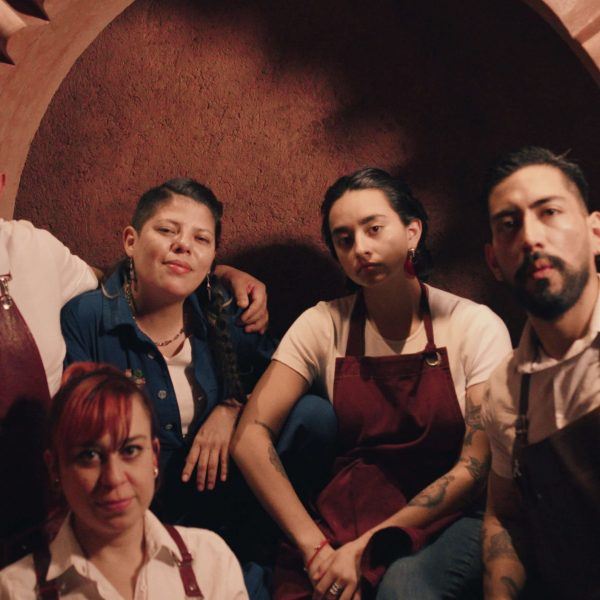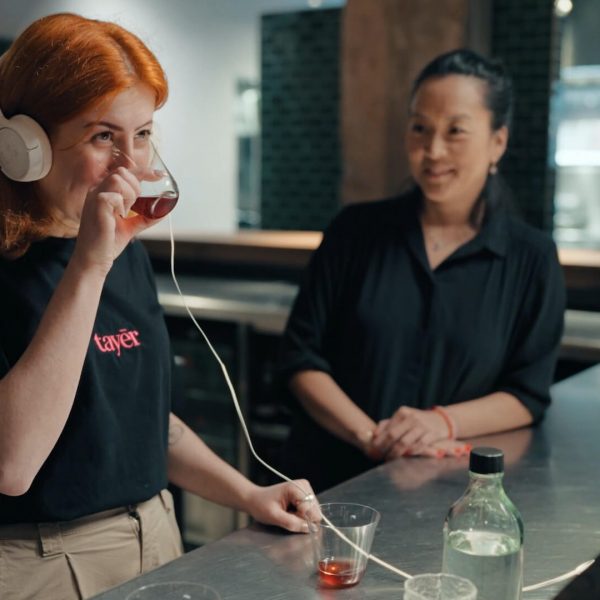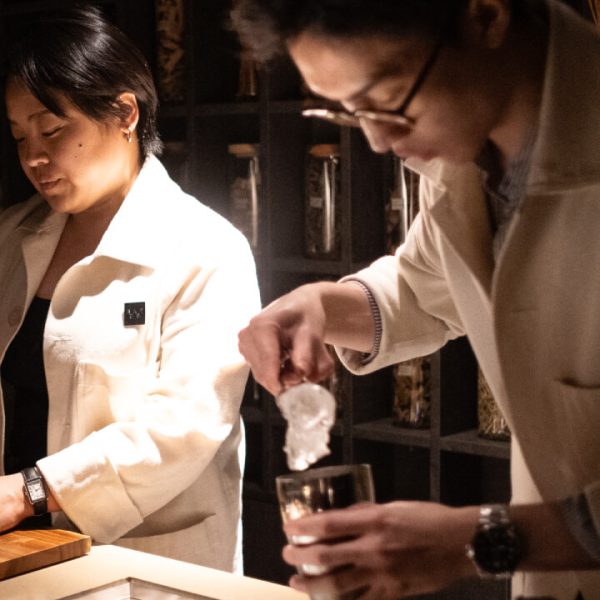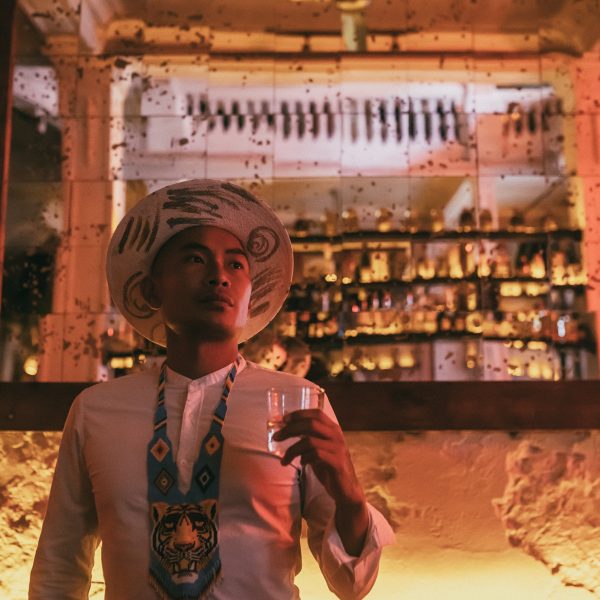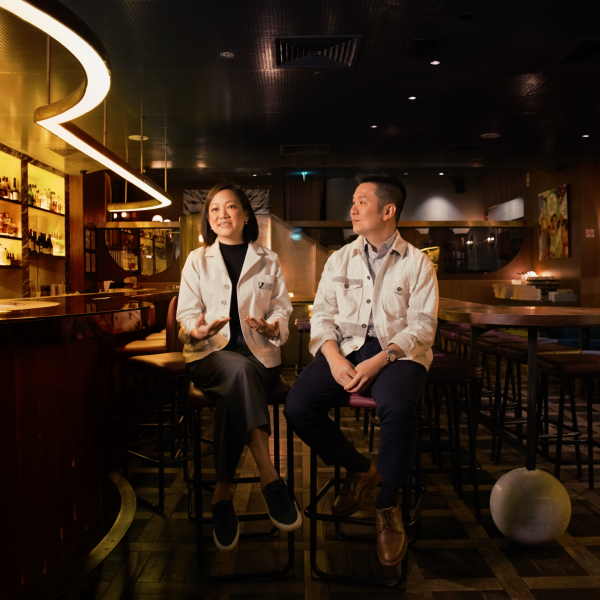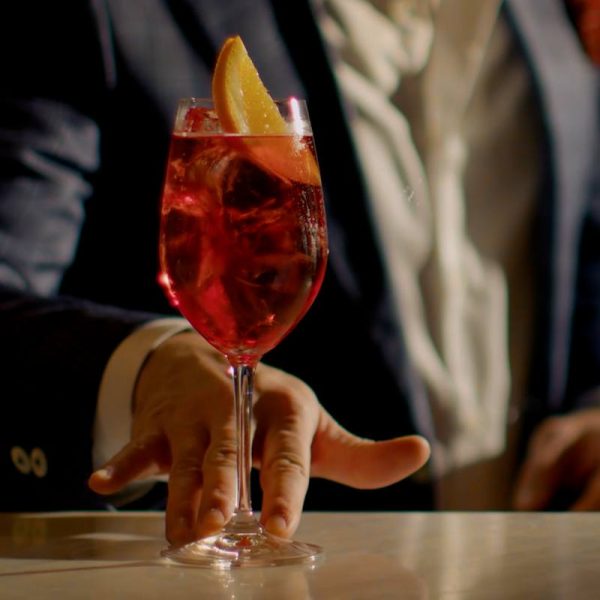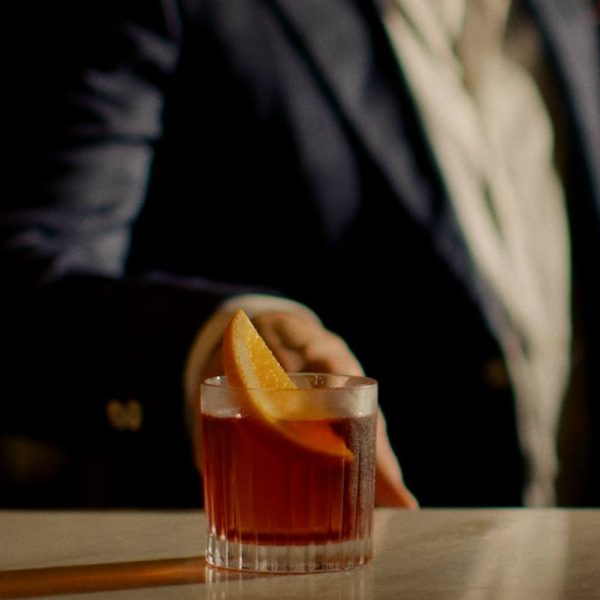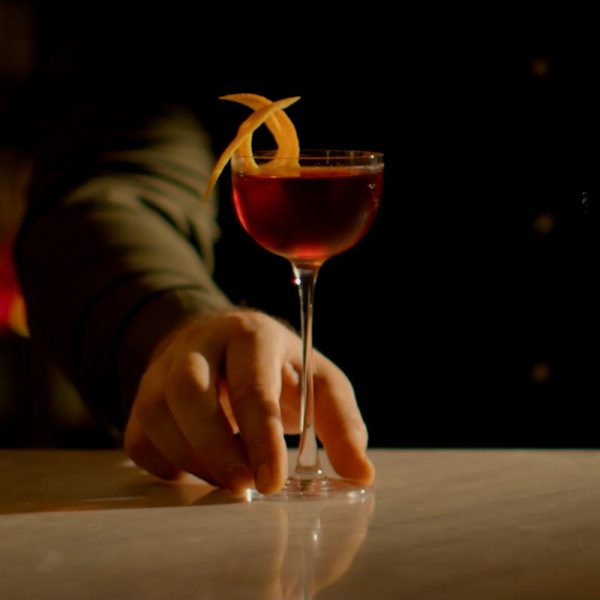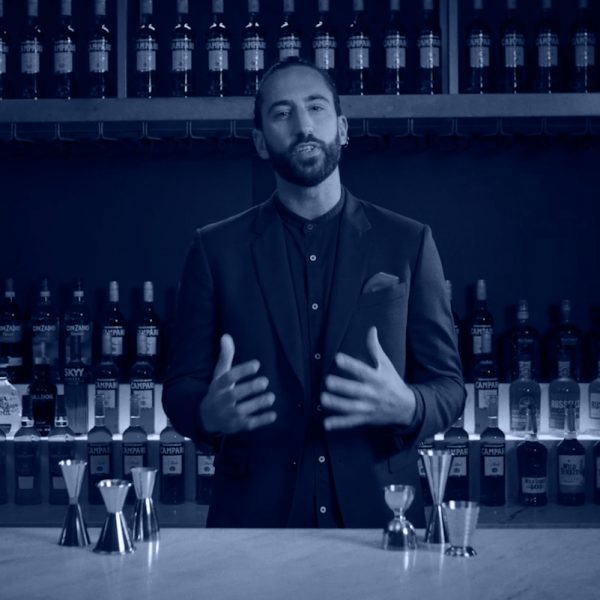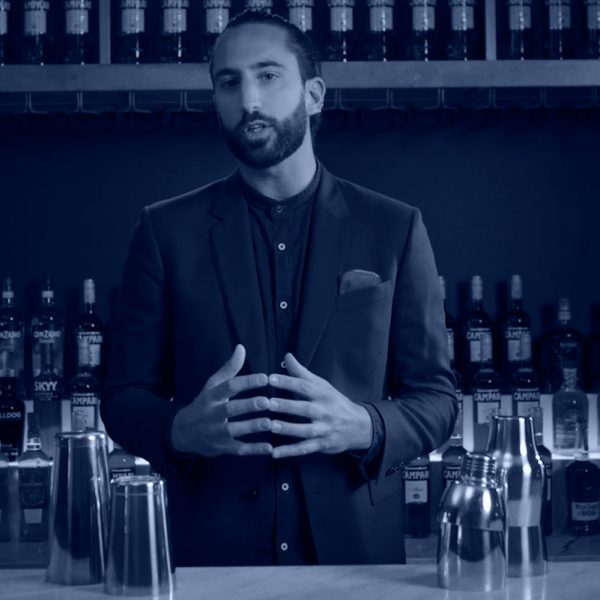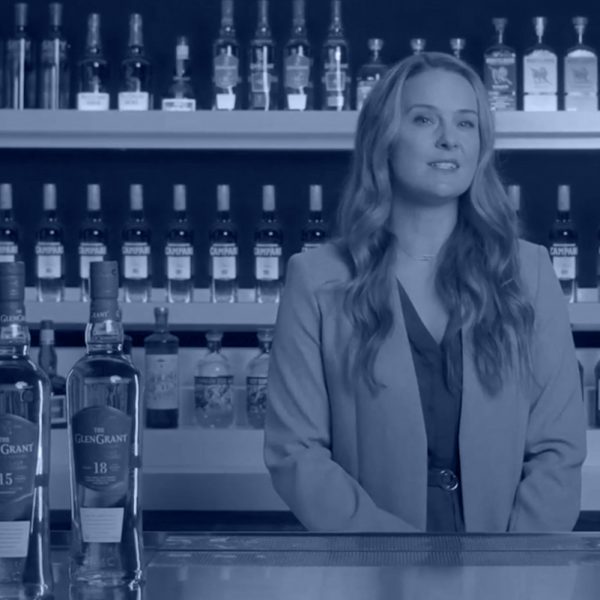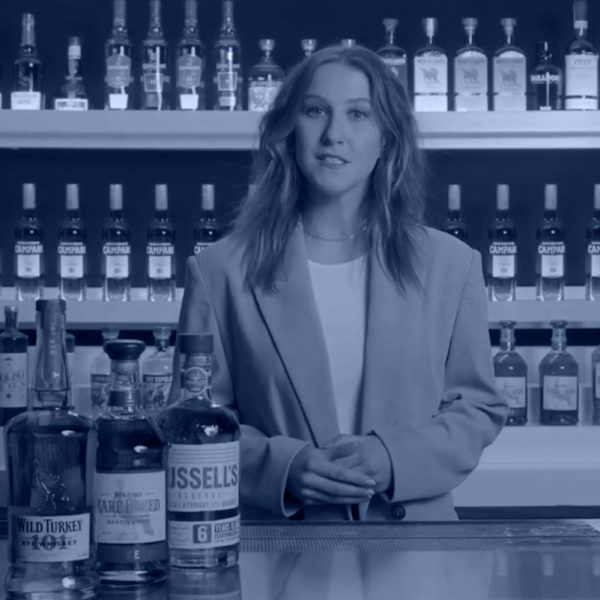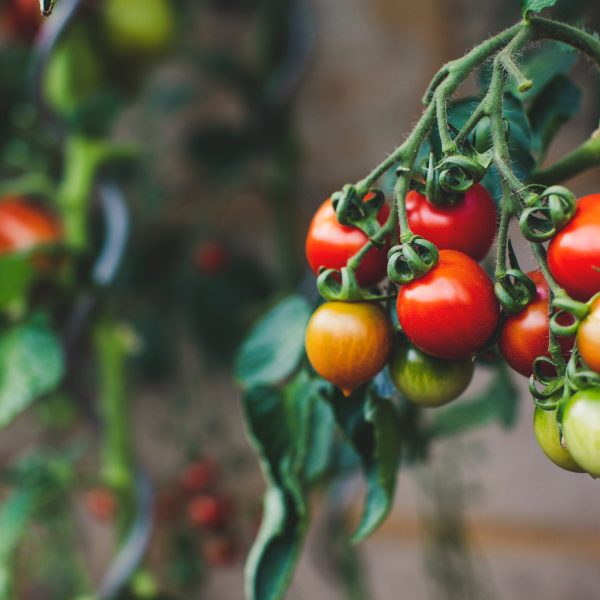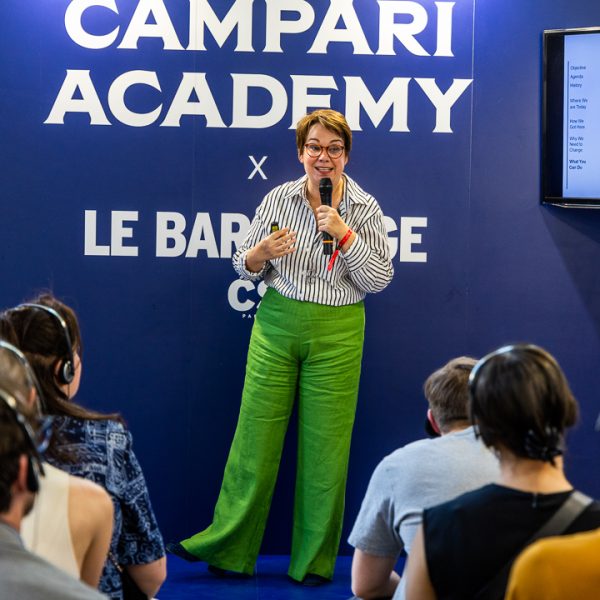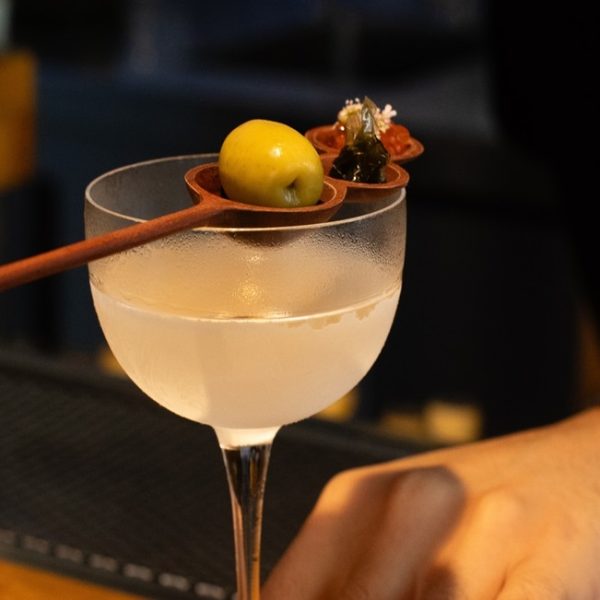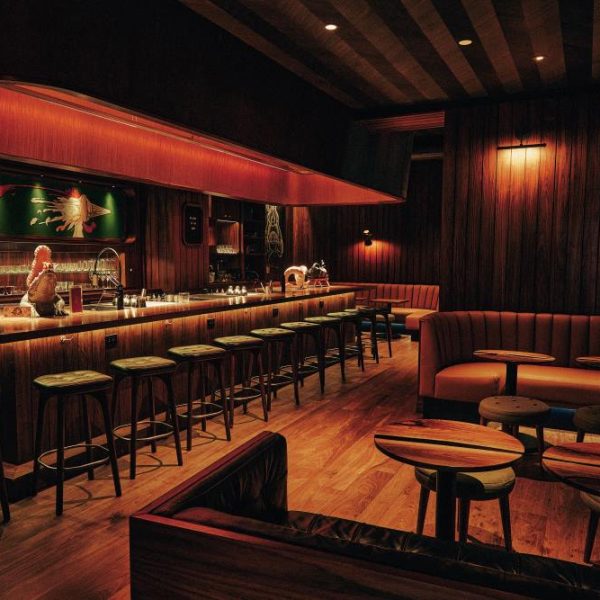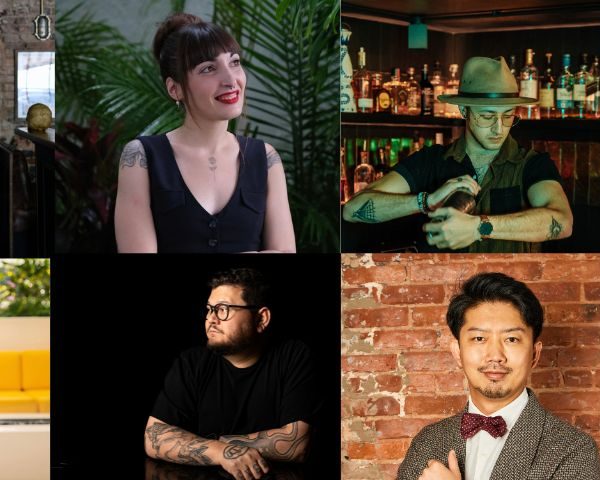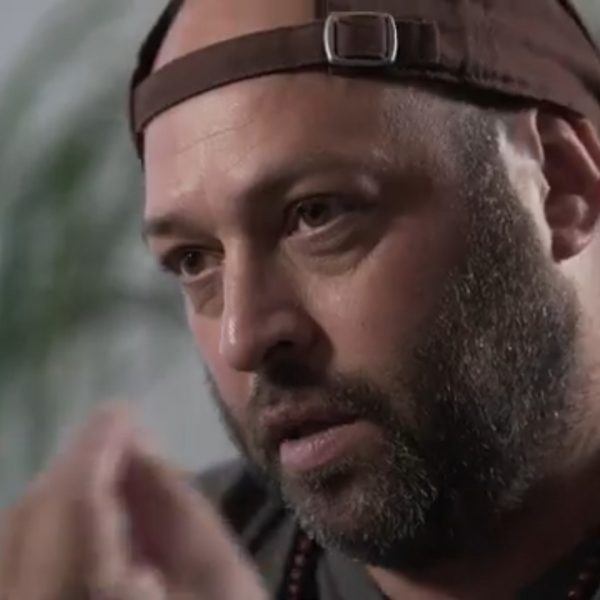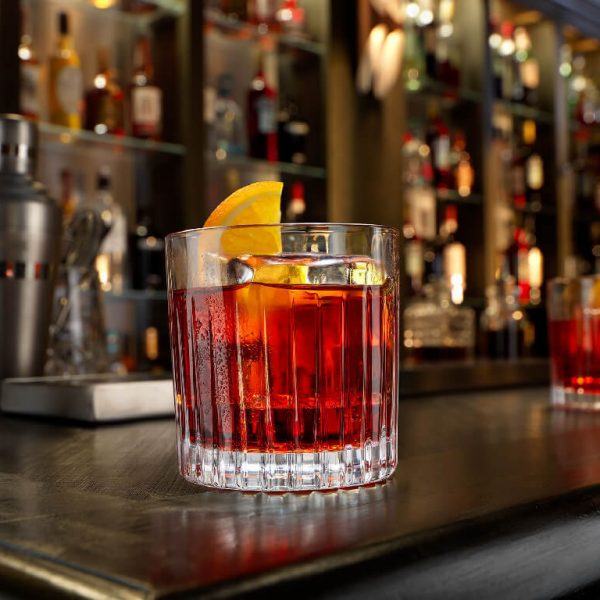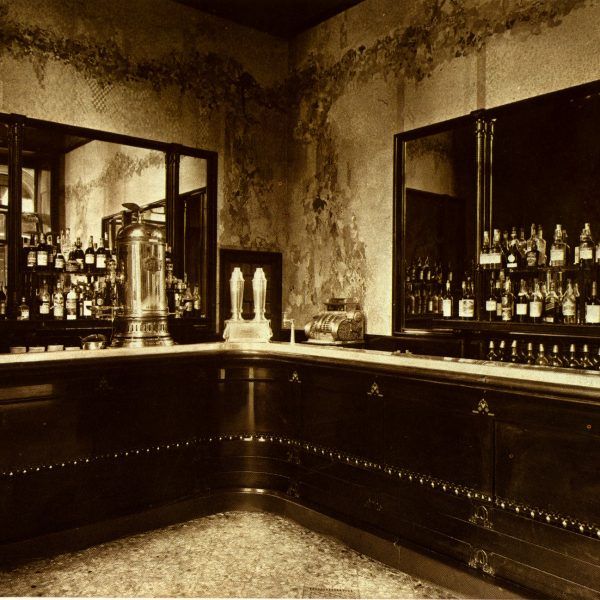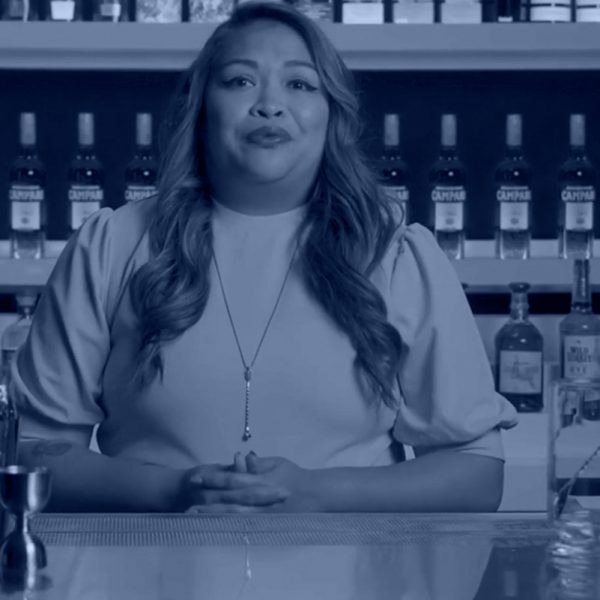The origins series: The history of sugar and its role in cocktail culture
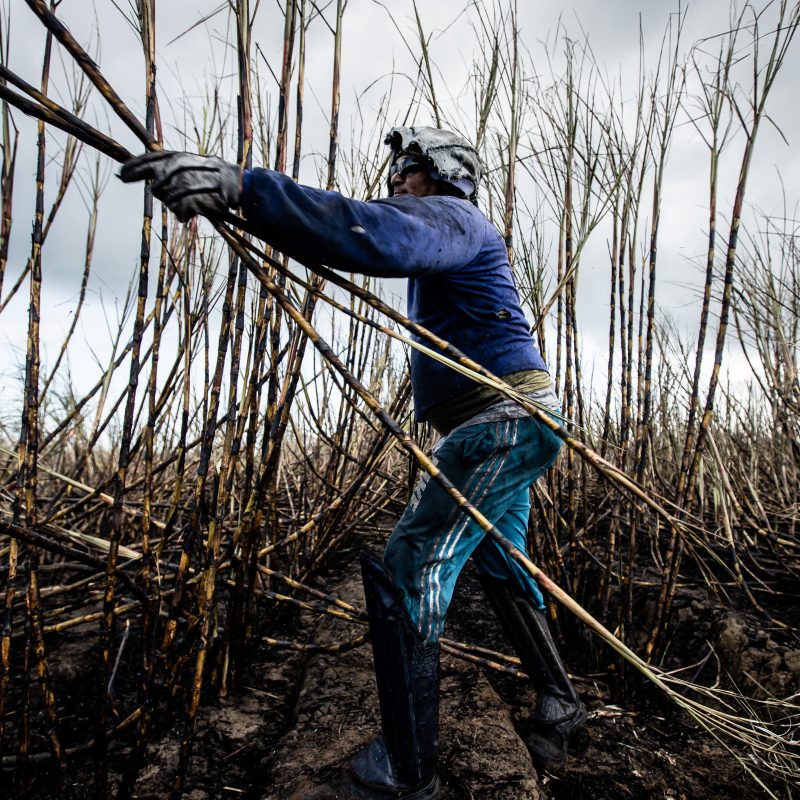
For thousands of years, sugar has been a valued commodity around the world. As part of our series on origins, we take a whistle-stop tour of its history and its journey into the worlds of spirits and cocktails
‘There in the East, a cane can produce honey, without bees participating.’ These are the words of Nearchus, a sailor, soldier, and close friend of Alexander the Great’s. It’s around 360 BC, and sugar is beginning its journey to conquer the Western civilisations. Descending from the Sanskrit term ‘sakkare’ (‘shakar’in Persian), the sweet, granular powder was well-known already.
The history of sugar
Probably originating in South-East Asia, sugarcane was grown in India roughly 4,000 years ago. Persian emperor Darius I (510 BC) had the plant harvested regularly, to obtain a thick, sweet syrup that farmers would leave out in the air to dry and crystalise; it was then used for pharmaceutical purposes, and to store food (only for wealthy people, peasants would use salt). Though not very known to Greeks and Romans, sugar was indeed suggested during those times to cure kidney and stomach struggles.
Sugarcane was intensely cultivated in China, India and south of Persia (in the area today corresponding to Iran), where refining techniques developed: new stocking systems were adopted for a better transportation and an optimised trade, expanding to Palestine, Egypt and Syria. Arab scientists pioneered sugarcane processing, transmitting it to colonies all around the Arab kingdom (south of Spain, Sicily), thus sugar became one of the main sources of income for the first caliphs.
Venetian merchants took over European trade in the 1300s, allowing for sugar to spread all across the continent, thanks to dropping prices, an ever-growing number of plantations being established anywhere, and a diffused export network covering almost every angle of the known world. By the mid-1400s, remote locations such as Sao Tomé-et-Prince and Guinea were reached.
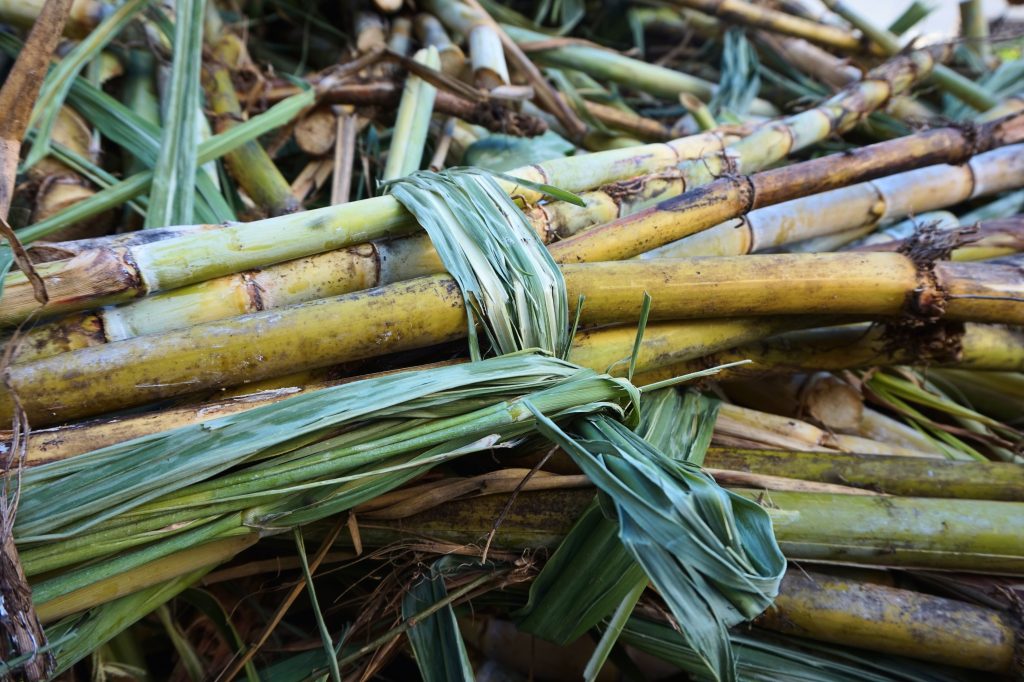
With Christopher Columbus trying to export sugar cane to Hispaniola (the modern Santo Domingo) in 1493, unfortunately, a dark era was about to begin – the so-called ‘triangular trade’. This saw European merchants travelling to Africa with textiles, pearls and goods to be exchanged with slaves, then taken to America and forced to work the fields. Those same ships would then go back to the Old Continent carrying mostly tobacco, cotton and sugar: slaves are often credited to be the first people to have discovered how molasses (resulting from sugar refinery) would eventually ferment and turn into a rudimental alcoholic drink.
Sugar became a staple on noble and royal tables: Queen Elizabeth I was so fond of it, her teeth turned black due to decay, and all the people around her would paint theirs the same colour, so as not to embarrass her. But when Napoleon imposed the ‘continental embargo’ (no English ship could dock at French harbours) in 1806, things dramatically changed.
Europe struggled to receive sugarcane supplies, so it turned to an ancient and well-known ingredient: beet, only used as animal food for the previous 25 centuries. German scientist Franz Karl Achard convinced the then King of Prussia, Frederick William III, to finance his studies, and the ruler’s trust is well paid back: though dying alone and poor, Achard set the ground for his students to follow his teaching about extracting, filtering, vaporising and dehydrating beet sugar. It became the best-selling sugar in Europe in the following years. Today, sugarcane still accounts for two thirds of the worldwide sugar production (about 181 million metric tonnes in 2021).
Where the sugar industry is now
Nowadays, a wide variety of sugars are available on the market. The most used distinctions refer to white sugar and brown sugar. Though the molecule (sucrose) is exactly the same for both categories, brown sugar also contains residual molasses that impart the typical darker colour; whole cane sugar, instead, retains a bigger amount of molasses, thus appearing thicker and grainier. Production of sugar is interestingly dependent on geographical location. Every latitude keeps its tradition, presenting varieties of sugar that can be employed for various goals.
Panela sugar, for example, is particularly common in Latin America (panelameans ‘brick’in Colombian). A kind of unrefined whole cane sugar, it gets its name from the rectangular shape it’s modelled and dried in and showcases a significantly strong aroma, due to its granulosa texture (it never becomes a powder), thus functioning as a sweetener and as an olfactory tool. Similar to panela is muscovado sugar, originally from the Philippines, with smoky, liquorice-like notes.
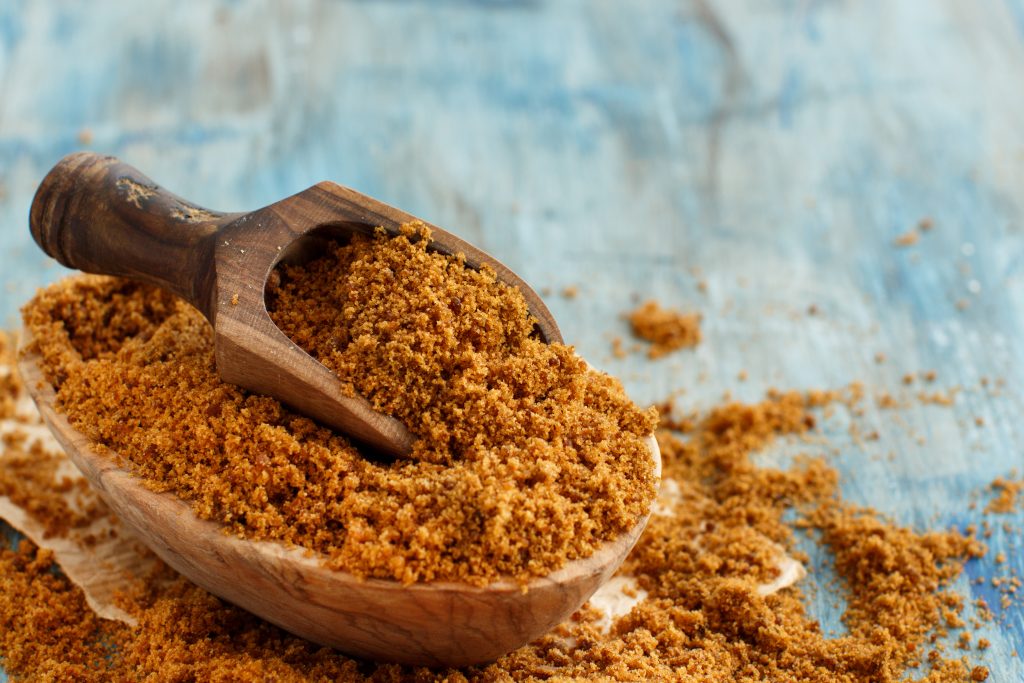
Sugar can also be extracted from particular palm trees (coconut, date, sugar), the lymph of which is boiled and thickened. Found in Africa and South-East Asia, their sugars tend to be a golden colour, but can reach deeper and darker tones, like the amber Indiana gur(part of the Jiggery family) or the almost black gulaarenfrom Indonesia. It resembles a fragile paste, easy to break and add into traditional dessert recipes.
Sugar and the origins of cocktail culture
Sugar history is colourfully intertwined with the world’s drinking habits. Spirits originating from sugarcane are cornerstones of today’s bar culture, yet their birth is soaked in legend, events and traditions, demonstrating how deeply these drinks are connected with people’s identities, and sugar itself is something mixology simply cannot exist without. Cachaça and rum are both considered symbols for countries such as Brazil, Cuba or the Caribbean Islands, which cradled the first production centuries ago, and are today still cultivating it.
Mixology owes a lot to sugar too: according to David Wondrich’s Punch: The Delights (and Dangers) of the Following Bowl, the original punch (ancestor of modern cocktails), was made with a base of Batavia arrack, a spirit distilled by molasses originally from Indonesia (Ceylon arrack comes from coconut sap instead and is made in Sri Lanka). The punch went on to have rum as the main spirit but kept sugar as a key ingredient (the now famous ‘two of sweet’).
From the origin of cocktail culture as we know it, sugar has always played a predominant role: it was listed amongst the ingredients when the term ‘cocktail’ was reported for the first time in The Balance and Columbian Repository of Hudson, New York, in 1806. It’s part of historical and iconic recipes and never ceased to be a fundamental element all the way up to modern concoctions.

